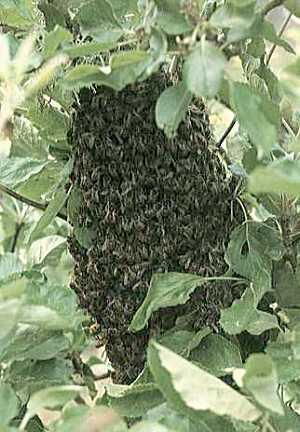Best time to see: Apr to mid Oct
Key facts
Not strictly a wild species, but often seen collecting nectar and pollen (to feed their young) from wild flowers
The species probably originates from Africa but is kept by beekeepers worldwide for pollination and honey
Under stress from diseases and parasites, and probably from modern insecticides, but beekeeping is thriving
Recognition
Orangey brown in colour, with dark hoops on the abdomen (cf. wasps, which have yellow and black hoops)
Appears hairless and streamlined (cf. bumblebees, which are rounded and furry)
Female workers do all the foraging; queens (rarely seen outside the hive) and males are similar but larger
Lifecycle
Their nest is honeycomb made of wax, in 'curtains' hanging vertically, usually in a beehive but maybe a tree hole
The queen bee lays throughout spring and summer to build up a workforce that can collect enough honey to last the winter
Swarming is their method of increase: the queen leaves to start a new colony and the bees left behind raise a new queen
.jpg)
© Tony Gunton
.jpg)
© unknown

© unknown
